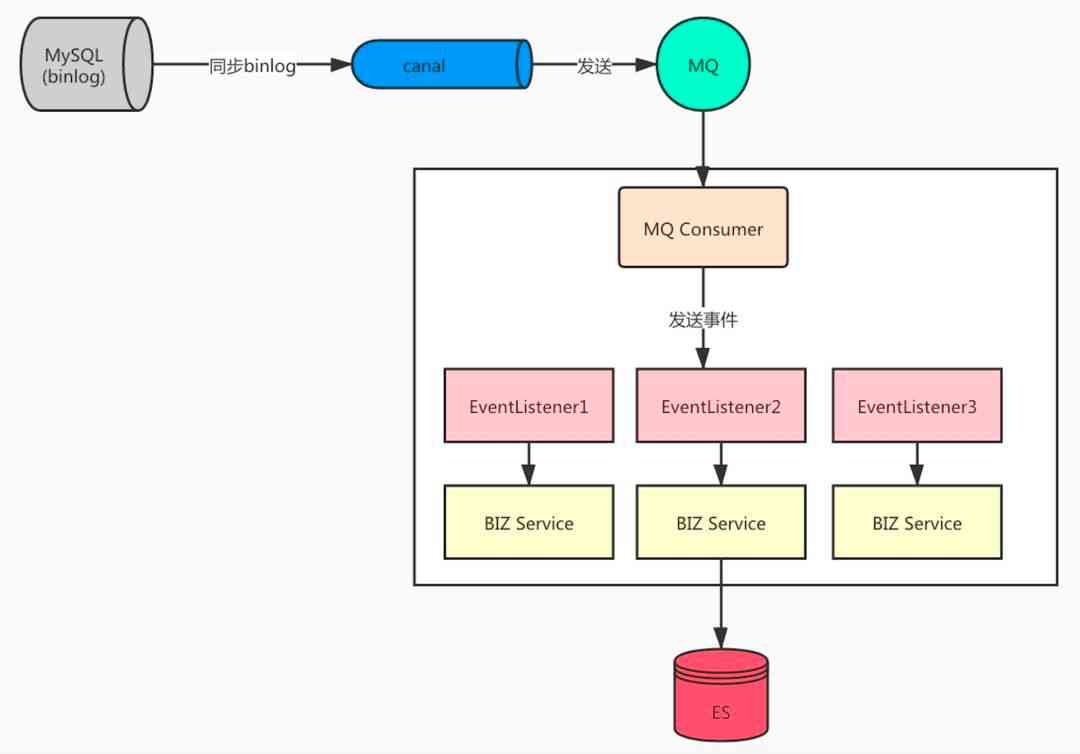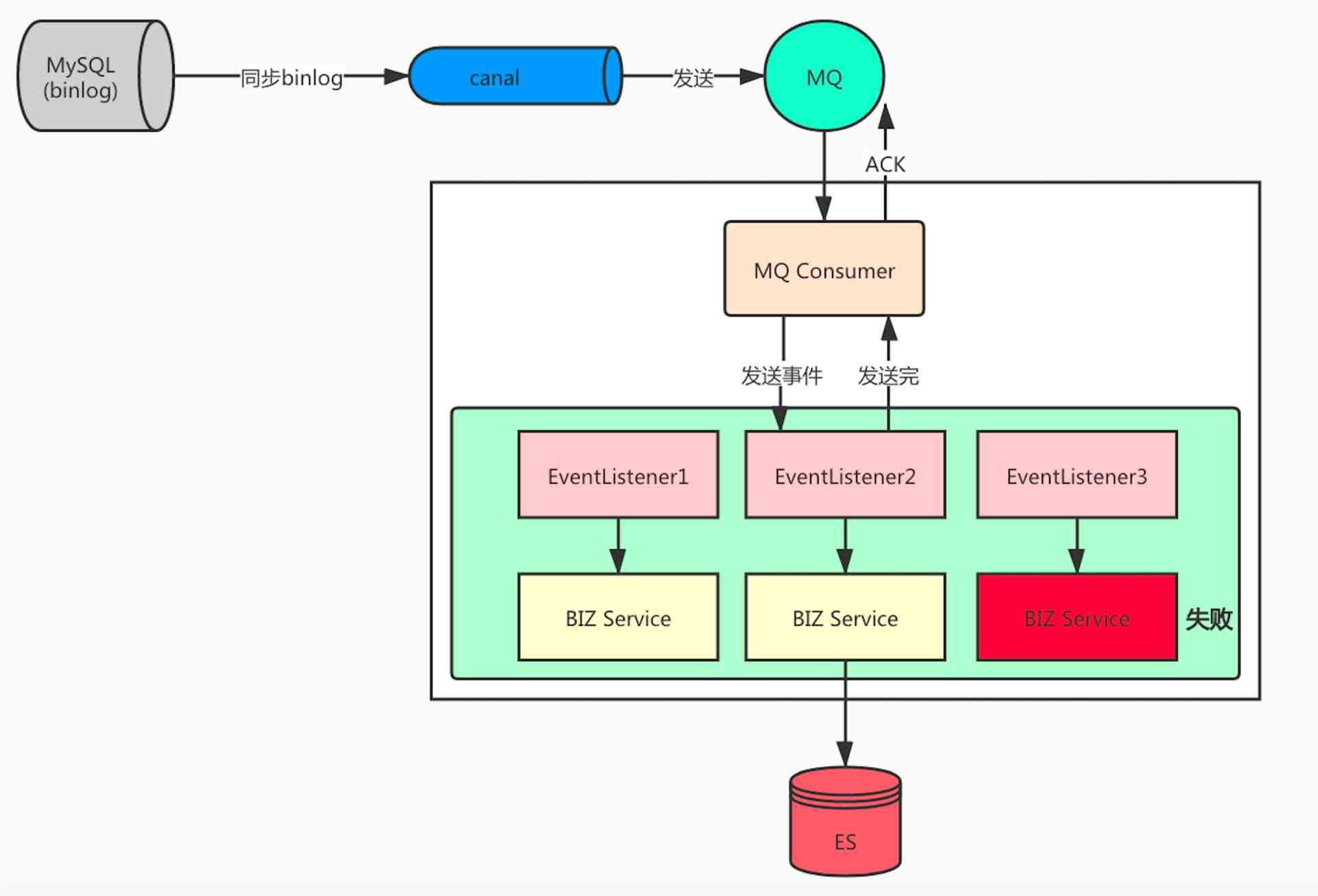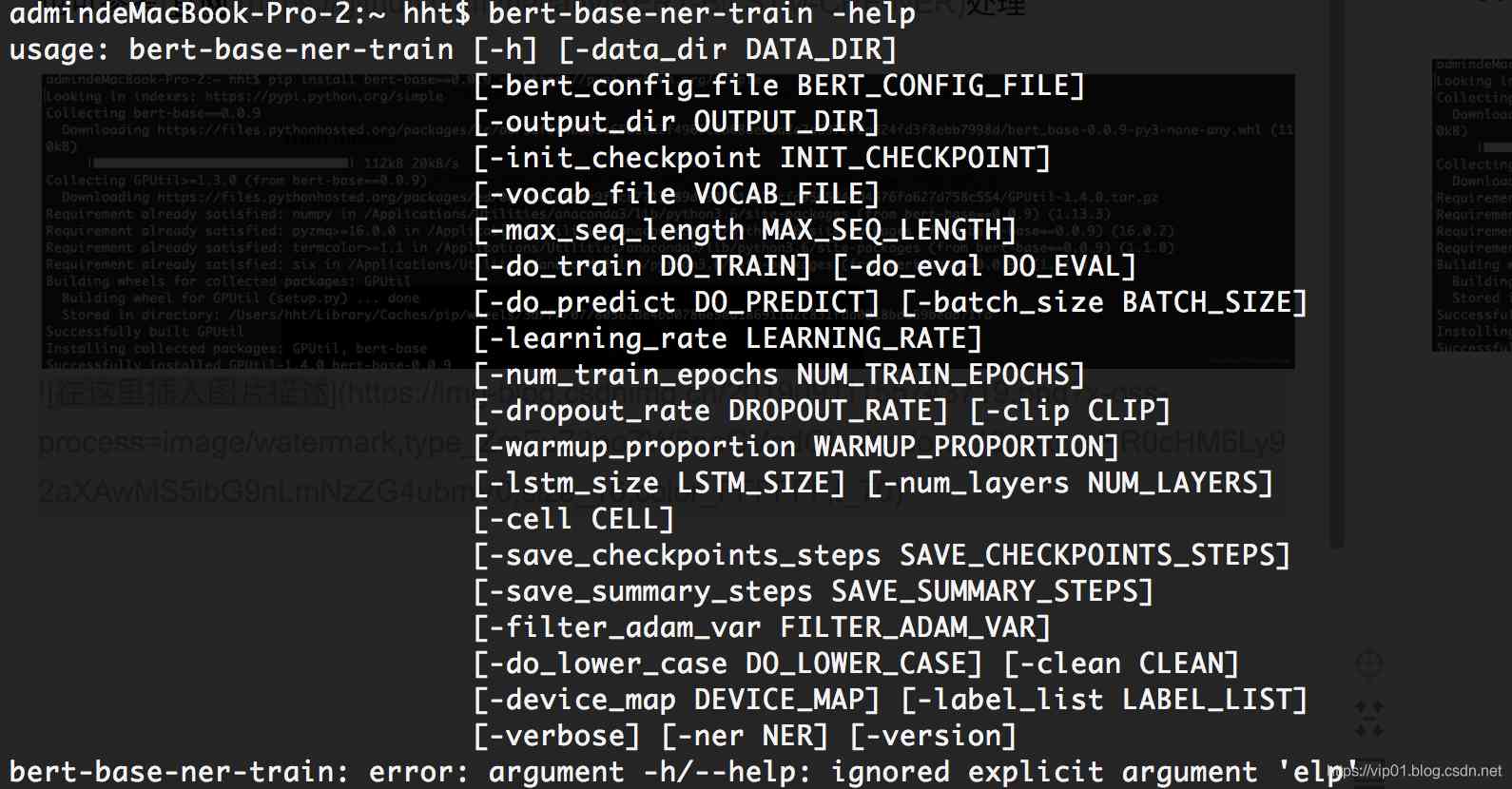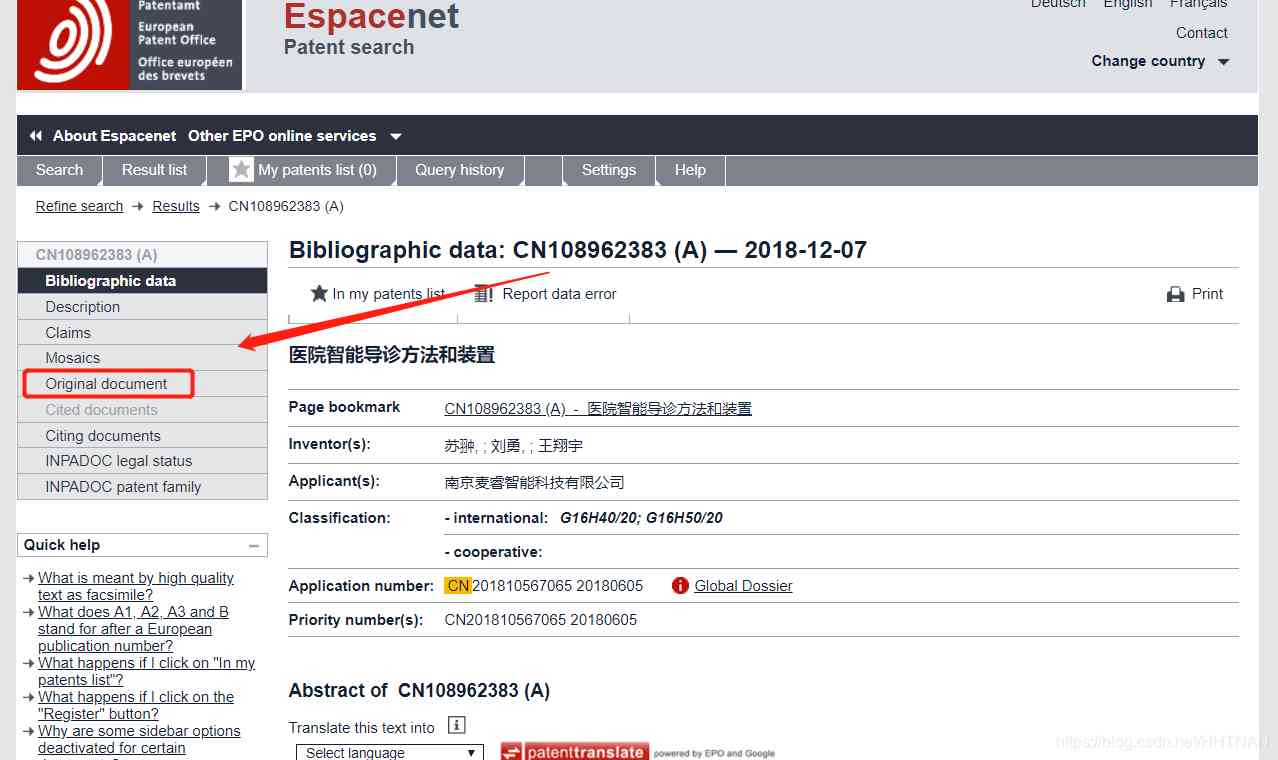当前位置:网站首页>Shh! Is this really good for asynchronous events?
Shh! Is this really good for asynchronous events?
2020-11-06 01:33:00 【Yin Jihuan】
The story background
At the beginning of this year, I wrote an article 《 gather and watch : The process of internal decoupling based on event mechanism 》. This article is mainly about using ES Heterogeneous data scenarios . Program subscription Mysql Binlog Changes , Then the program uses Spring Event To distribute specific events , Because the data change of a table may need to update more than one ES Indexes .
In order to make it easier for you to understand, I copied the pictures of the previous scheme , as follows :

There is a problem with the scheme in the figure above , That's what we're going to talk about today .
The problem is when MQ Consumer After receiving the message , Just post it directly Event 了 , If it's synchronous , No problem . If a EventListener Failed to process in , So this message will not ACK.
If it's an asynchronous release Event Scene , As soon as the news is released ACK 了 . Even if someone EventListener Failed to process in ,MQ I can't feel it , There will be no redelivery of messages , That's the problem .

Solution
Scheme 1
Now that the news has ACK 了 , Then don't use MQ The retrying function of , Can users try again by themselves ?
It's certainly possible , Whether the internal processing is successful or not is certain to be known , If the processing fails, you can try again by default , Or try again with a certain strategy . I can't, but I can drop it in the library , Keep records .
The problem is that it's too boring , Every place you use it has to do it , And for the program brother who will take over your code in the future , This is likely to make the little brother's hair fall off slowly ....
It doesn't matter if you fall off , The point is that he doesn't know what to do with it , Maybe one day I'll be carrying the pot , Pathetic ....
Option two
To ensure the consistency of messages and business processing , You can't do it right away ACK operation . It's about waiting for the business to complete before deciding whether to ACK.
If there is a failure to handle, it should not ACK, So you can reuse MQ The retrial mechanism of .
Analyze it , This is a typical asynchronous to synchronous scenario . image Dubbo There's also this scene in , So we can learn from Dubbo In the realization of ideas .
Create a DefaultFuture It is used to synchronously wait to get the result of task execution . And then in MQ Where to consume DefaultFuture.
@Service@RocketMQMessageListener(topic = "${rocketmq.topic.data_change}", consumerGroup = "${rocketmq.group.data_change_consumer}")public class DataChangeConsume implements RocketMQListener<DataChangeRequest> {@Autowiredprivate ApplicationContext applicationContext;@Autowiredprivate CustomApplicationContextAware customApplicationContextAware;@Overridepublic void onMessage(DataChangeRequest dataChangeRequest) {log.info("received message {} , Thread {}", dataChangeRequest, Thread.currentThread().getName());DataChangeEvent event = new DataChangeEvent(this);event.setChangeType(dataChangeRequest.getChangeType());event.setTable(dataChangeRequest.getTable());event.setMessageId(dataChangeRequest.getMessageId());DefaultFuture defaultFuture = DefaultFuture.newFuture(dataChangeRequest, customApplicationContextAware.getTaskCount(), 6000 * 10);applicationContext.publishEvent(event);Boolean result = defaultFuture.get();log.info("MessageId {} Processing results {}", dataChangeRequest.getMessageId(), result);if (!result) {throw new RuntimeException(" Processing failed , No news ACK, Wait for the next time to try again ");}}}
newFuture() Event parameters are passed in , Timeout time , Number of tasks several parameters . The number of tasks is used to judge all EventListener Is it all done .
defaultFuture.get(); It doesn't block , Wait for all tasks to complete before returning the result , If all the business is successful , So it will return true, End of the process , Message automatically ACK.
If you return false Prove that there are processing failures or timeouts , There is no need to ACK 了 , Throw an exception and wait to try again .
public Boolean get() {if (isDone()) {return true;}long start = System.currentTimeMillis();lock.lock();try {while (!isDone()) {done.await(timeout, TimeUnit.MILLISECONDS);// There is feedback from failed tasksif (!isSuccessDone()) {return false;}// All executed successfullyif (isDone()) {return true;}// Overtimeif (System.currentTimeMillis() - start > timeout) {return false;}}} catch (InterruptedException e) {throw new RuntimeException(e);} finally {lock.unlock();}return true;}
isDone() Can judge whether the number of tasks with feedback results is consistent with the total number , If it is consistent, it means that the whole execution is completed .
public boolean isDone() {return feedbackResultCount.get() == taskCount;}
How to give feedback after the task is completed ? It's impossible for every method used to care about , So we define a facet to do this .
@Aspect@Componentpublic class EventListenerAspect {@Around(value = "@annotation(eventListener)")public Object aroundAdvice(ProceedingJoinPoint joinpoint, EventListener eventListener) throws Throwable {DataChangeEvent event = null;boolean executeResult = true;try {event = (DataChangeEvent)joinpoint.getArgs()[0];Object result = joinpoint.proceed();return result;} catch (Exception e) {executeResult = false;throw e;} finally {DefaultFuture.received(event.getMessageId(), executeResult);}}}
adopt DefaultFuture.received() Feedback on execution results .
public static void received(String id, boolean result) {DefaultFuture future = FUTURES.get(id);if (future != null) {// Add up the number of failed tasksif (!result) {future.feedbackFailResultCount.incrementAndGet();}// Add up the number of completed tasksfuture.feedbackResultCount.incrementAndGet();if (future.isDone()) {FUTURES.remove(id);future.doReceived();}}}private void doReceived() {lock.lock();try {if (done != null) {// Wake up blocked threadsdone.signal();}} finally {lock.unlock();}}
Let's summarize the whole process :
- received MQ news , Assemble into DefaultFuture, adopt get Method to get the execution result , This method blocks when the execution is not finished .
- Cut through the section and add EventListener Methods , Judge whether there is an exception to judge the execution result of the task .
- adopt DefaultFuture.received() Feedback results .
- Whether the calculation is complete in feedback , When all is done, the blocked thread is awakened .DefaultFuture.get() You can get the results .
- Is it necessary to ACK operation .
It's important to note that each EventListener The logic of internal consumption should be idempotent control .
Source code address :https://github.com/yinjihuan/kitty-cloud/tree/master/kitty-cloud-mqconsume
About author : Yin Jihuan , Simple technology enthusiasts ,《Spring Cloud Microservices - Full stack technology and case analysis 》, 《Spring Cloud Microservices introduction Actual combat and advanced 》 author , official account Ape world Originator . Personal wechat jihuan900, Welcome to hook up with .
I have compiled a complete set of learning materials , Those who are interested can search through wechat 「 Ape world 」, Reply key 「 Learning materials 」 Get what I've sorted out Spring Cloud,Spring Cloud Alibaba,Sharding-JDBC Sub database and sub table , Task scheduling framework XXL-JOB,MongoDB, Reptiles and other related information .

版权声明
本文为[Yin Jihuan]所创,转载请带上原文链接,感谢
边栏推荐
- Arrangement of basic knowledge points
- Mac installation hanlp, and win installation and use
- Python download module to accelerate the implementation of recording
- The choice of enterprise database is usually decided by the system architect - the newstack
- Analysis of etcd core mechanism
- Python3 e-learning case 4: writing web proxy
- 01. SSH Remote terminal and websocket of go language
- How to use parameters in ES6
- [actual combat of flutter] pubspec.yaml Configuration file details
- 5.5 controlleradvice notes - SSM in depth analysis and project practice
猜你喜欢

DRF JWT authentication module and self customization

合约交易系统开发|智能合约交易平台搭建

NLP model Bert: from introduction to mastery (2)

Free patent download tutorial (HowNet, Espacenet)

Using NLP and ml to extract and construct web data

百万年薪,国内工作6年的前辈想和你分享这四点

Interface pressure test: installation, use and instruction of siege pressure test

Cglib 如何实现多重代理?

How to customize sorting for pandas dataframe

仅用六种字符来完成Hello World,你能做到吗?
随机推荐
Discussion on the technical scheme of text de duplication (1)
From zero learning artificial intelligence, open the road of career planning!
Individual annual work summary and 2019 work plan (Internet)
一篇文章带你了解HTML表格及其主要属性介绍
Python filtering sensitive word records
Python基础数据类型——tuple浅析
6.6.1 localeresolver internationalization parser (1) (in-depth analysis of SSM and project practice)
Summary of common algorithms of binary tree
一篇文章带你了解CSS3图片边框
Classical dynamic programming: complete knapsack problem
有了这个神器,快速告别垃圾短信邮件
6.3 handlerexceptionresolver exception handling (in-depth analysis of SSM and project practice)
Filecoin的经济模型与未来价值是如何支撑FIL币价格破千的
Mongodb (from 0 to 1), 11 days mongodb primary to intermediate advanced secret
6.1.1 handlermapping mapping processor (1) (in-depth analysis of SSM and project practice)
[C / C + + 1] clion configuration and running C language
vue任意关系组件通信与跨组件监听状态 vue-communication
一篇文章教会你使用Python网络爬虫下载酷狗音乐
Analysis of partial source codes of qthread
A brief history of neural networks